Whether Comet Lulin would Energize the Foci of Comet Hale-Bopp? by Sergey Smelyakov, Russia
Article by Sergey Smelyakov, Russia
The trajectory of comet Lulin (C/2007 N3) [1, 2] shows many peculiarities when co-related with the Earth.
Moreover, its critical points (CP) that specify the peculiar configurations being constituted by this comet, Sun, and Earth coincide with that of the comet Hale Bopp (HB), namely – with the HB’s Foci [3] which, in factors of influence, time, and Ecliptic longitude, reflect those specific configurations that were formed by this comet, Sun, and Earth in 1997.
As far as these Foci were defined with re-spect to the position of the Sun, it was presumed and verified [3, 4] that they re-mained effectual on the yearly basis, viz. at the same dates of the subsequent years when the Sun passed the focal longitudes.
Furthermore, it was shown [4] that even much lesser comets were effectual when their critical points coincided with the HB’s Foci and/or critical points of HB’s trajectory [5]. Note to this end, that if in the preceding years, since 1997, these tra-jectories made crosses on the Celestial Sphere, this time the comet Lulin, so to speak, sums up the 12 year prehistory of these Foci since its trajectory makes a “perfect” Zodiacal circle with the Origin at the Vernal point (viz. 0º of the Tropical Zodiac, TZ [6]) which is im-portant from physical viewpoint [7] and presents the comet HB’s Focus T4 being very important this year [3].
So, consider these Lulin/HB correlations in more detail.
1. THE FOCI OF THE COMET HB
For convenience, the HB’s Foci are presented in Table 1. They are specified by time and Ecliptic longitude of the respective event; first of all – by Sun and comet HB conjunctions (denoted by SUN/HB), HB’s perigee, important Eclipses (ECL) associated with the comet HB’s position, and some other events pertaining to the comet HB (Etc.). The exact mo-ments of time may be found in [4]: for the purpose of this work it is enough to know the dates, which are valid on an annual basis.
So, an HB’s Focus Ti is energized (as in resonance) if some other Cosmic event (to which the HB’s factors of influence [3, 4] may be attributed) takes place at respective Date Di or Longitude λi.
Table 1. Dates and Longitudes of the Comet HB’s Foci
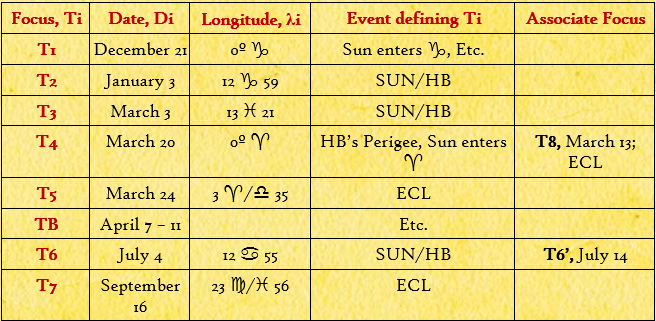
Notice. One of the most important critical points of the USA is 12 44 which is affected by T2 and T6 [3, 8]
2. CRITICAL POINTS OF THE COMET LULIN
1. Orbital plane. The orbital plane of the comet Lulin practically coincides with that of the Earth, that is with the plane of Ecliptic: the Ecliptic Latitude of the comet does not exceed 1º and, in average, varies from 0º to 0.5º. This means that on the Celestial Sphere this comet moves almost exactly along the circle of Ecliptic and, thus, its Ecliptic Longitude ex-haustively describes its spatial position in the Celestial Sphere, not only in Tropical Zodiac [6].
Moreover, the orbits of Earth and comet Lulin are allocated quite symmetrically since their points of perihelion are disposed almost on the same line, and what is more their motions are synchronized since in 2009 they pass their perihelia almost simultaneously (See critical point PH, Table 2).
The difference is that the comet moves along the Ecliptic in the counterclockwise fashion (until the Critical Point PD), while the Earth’s motion is clockwise.
2. Point of Origination. The comet Lulin approaches the Sun from the point in the Celestial Sphere that coincides with the Vernal point (0º ) of the Tropical Zodiac (TZ) with the Celestial Longitude and Latitude which presents a specific point just for the Earth. Until 1996 it was “fluctuating” within a close vicinity of this origin of the TZ (sev-eral degrees of Longitude, up to 0.5º of Latitude); that year it was Neptune-distant from the Sun.
3. Near-earth fly over. But in 1997, the year when the comet Hale-Bopp (HB) was passing in the closest vicinity of the Earth and Sun thus manifesting its power for the first time, the comet Lulin had started its distinct counterclockwise motion along the Ecliptic with a slow-ly increasing rate until January of 2009 when at a Longitude about 240º (viz. at the separa-tion point between 0º and 30º), near the point of its and Earth’s Perihelia, as in a point of bifurcation, it started to move extremely quickly: in several months it should pass 150º in comparison to 120º over more than 12 years.
After this first quarter fly over, the comet’s position stabilizes around 10º in the beginning of April of 2009, as quickly as it increased its rate in January, and firstly changes its Retro-grade (viz. counterclockwise) motion to the Direct (viz. clockwise). Since then, it would move away from the Sun as slowly as it was approaching.
Therefore, we can definitely specify the following three Critical Points in the trajectory of the comet Lulin which are specific to the Earth:
PO – the point of Origination: Longitude 0º , focal time is indefinite;
PH – the point of Perihelion is specified by the Perihelion and sharp increase in comet’s rate during the first week of January; therefore it has approximate Longitude 240º and Time – January 10;
PG – the point of Perigee, in its turn, unites a cluster of 3 important events (thus three dates and Longitudes):
PG1 – comet Lulin (at Longitude 0º ) opposes point PO;
PG2 – comet Lulin is in Perigee;
PG3 – comet Lulin opposes Sun;
Energetically, the following critical points of the comet Lulin could be less powerful:
PS – this point is specified by sharp decrease in comet’s rate and relative stabilization of its Longitude; therefore, it has approximate Longitude 100º (10º ) and Time – first week of April;
PD – the point where comet Lulin becomes Direct;
PL – comet Lulin gets out of 5º orb of the comet HB’s Foci T2, T6.
With more details these Critical Points and their correlations with the Foci of the comet Hale-Bopp are considered in Table 2 and Diagram.
Table 2. Critical Points of the Comet Lulin and their Correlatives, including the Comet HB’s Foci

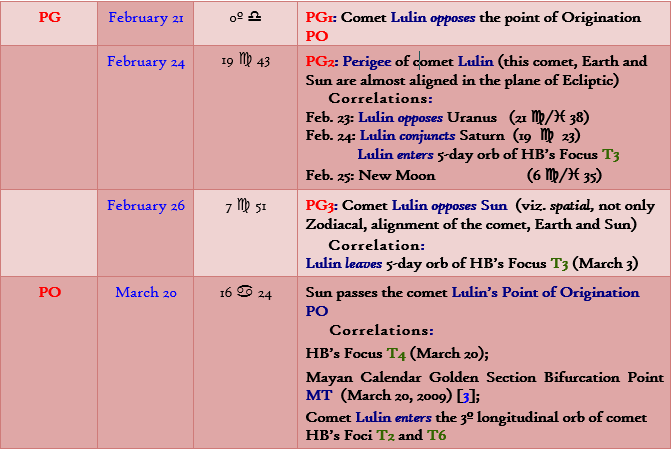
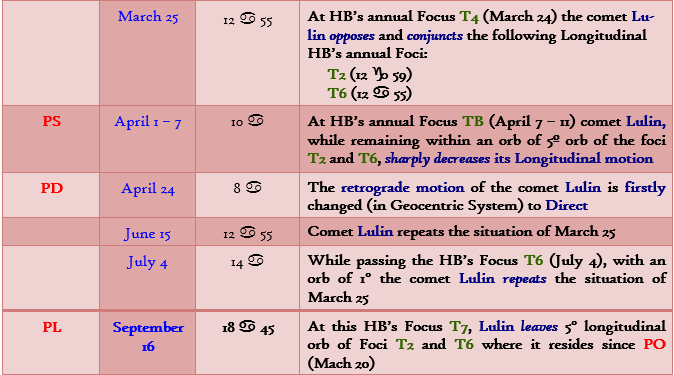
Diagram. Critical Points of the Comet Lulin and their Correlatives, including the Comet HB’s Foci
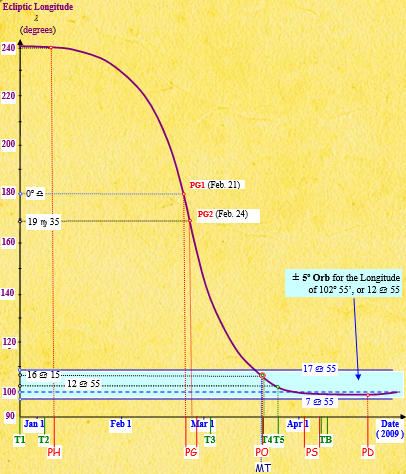


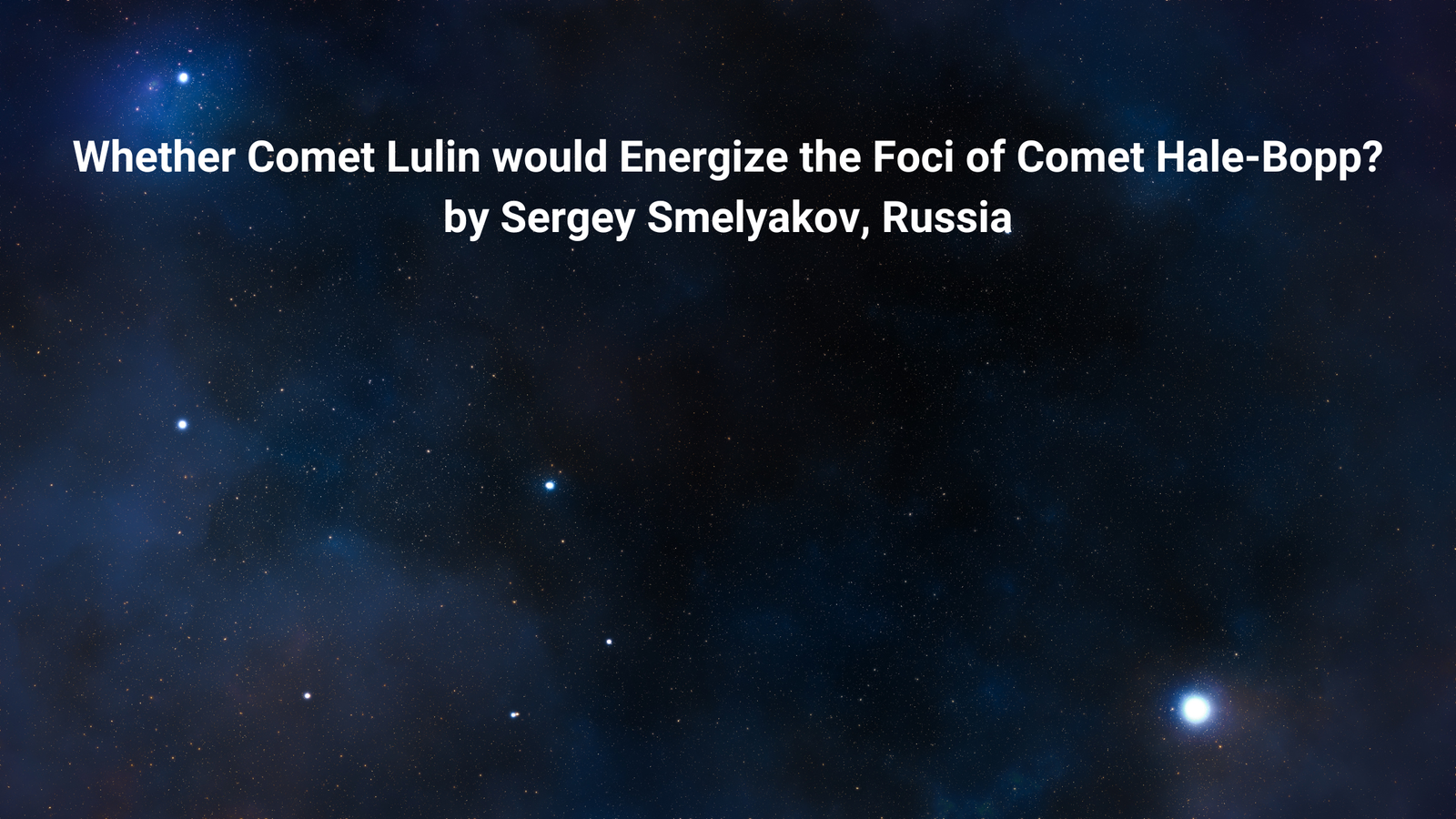


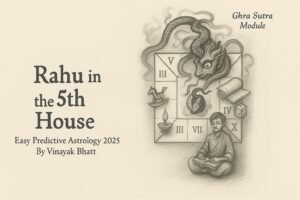
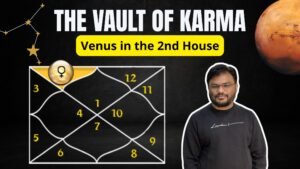
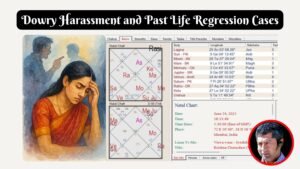


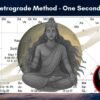
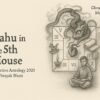


Leave a reply
You must be logged in to post a comment.